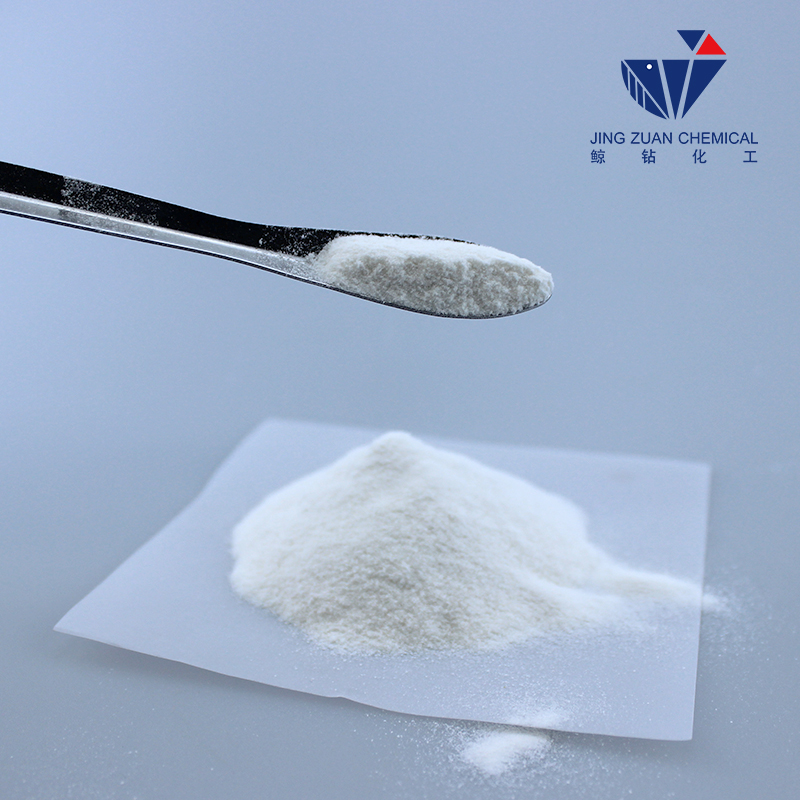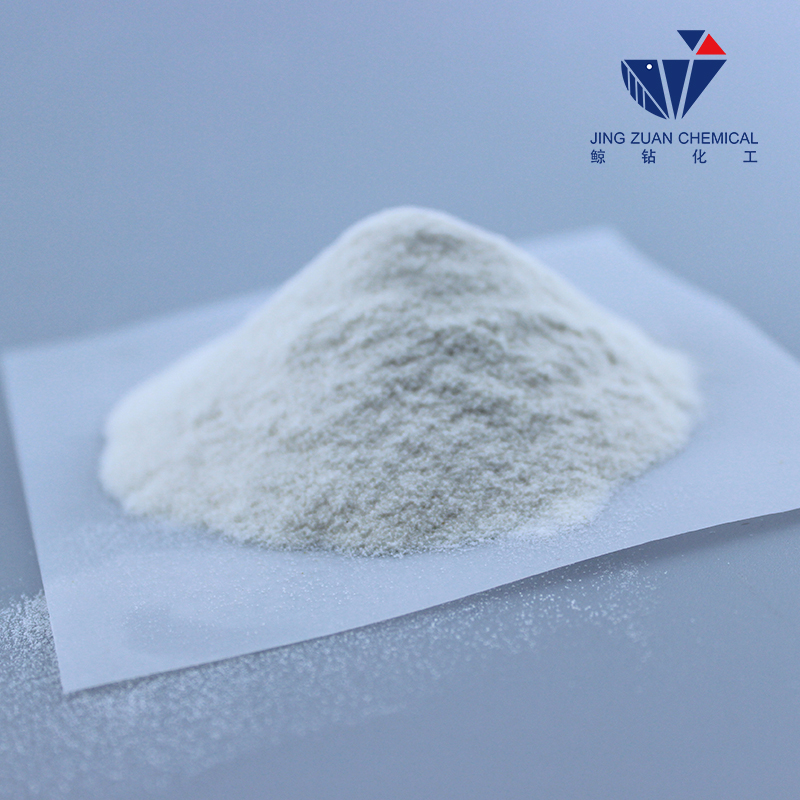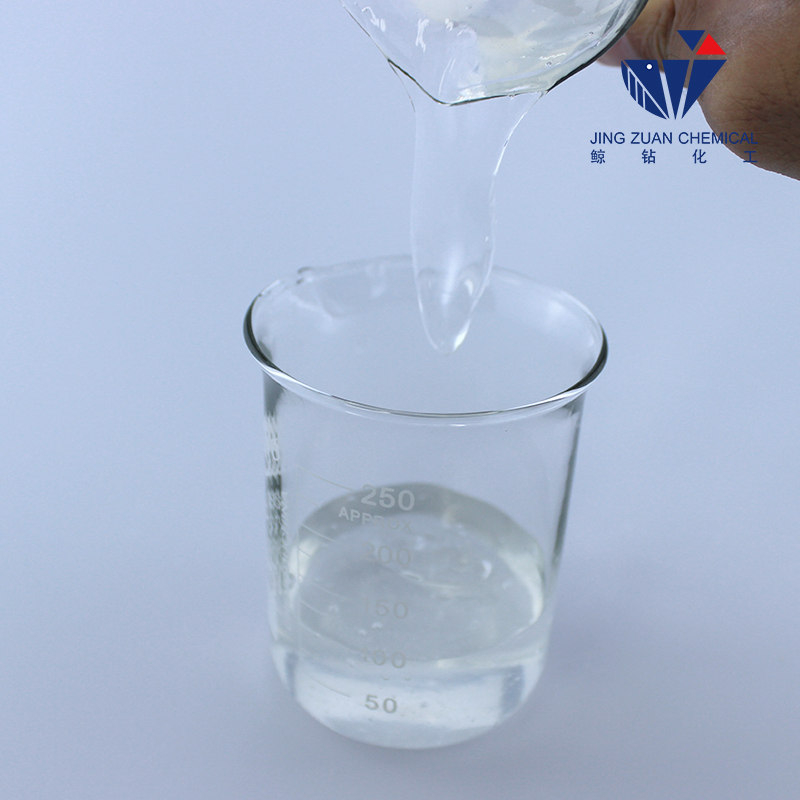
Ιούλ . 28, 2025 13:01 Back to list
High-Quality Cellulose Ether for Liquid Thickener & HEC Cellulose Solutions
1. Global Cellulose Ether Industry Landscape & Trends
- Market Size: According to MarketsandMarkets, the global cellulose ether market surpassed $6.23 billion in 2023 and is projected to grow at a CAGR of 5.2% through 2030, fueled by construction, pharma, and food industries.
- Application Expansion: Surging demand observed in liquid thickener for coatings, cement, oil & gas drilling, and agriculture.
- Technical Upgrades: Modern production leverages advanced refining, reduced-residue processes, and cross-linking chemistry, enabling tailored viscosity/solubility profiles.
- Regulatory Standards: Premium cellulose ether products meet ISO 9001:2015, ANSI, FDA Food Safety, and REACH certifications.

2. Understanding Cellulose Ether: Technical Parameters & Segment Comparison
Cellulose ether comprises various chemical modifications of natural cellulose. Common classes include HPMC (Hydroxypropyl Methylcellulose), HEC (Hydroxyethyl Cellulose), CMC (Carboxymethyl Cellulose), and MC (Methylcellulose), each suited to specific architectural, chemical, and food applications. Below is a comprehensive comparison chart of key parameters:
| Type | Viscosity Range (mPa.s, 2% sol.) | pH Stability | Solubility (°C) | Primary Applications |
|---|---|---|---|---|
| HPMC | 400 – 150,000 | 4.0 – 8.5 | < 90 | Tile adhesives, coatings, pharma, food |
| HEC | 3,000 – 50,000 | 5.0 – 10.0 | < 95 | Paints, oil drilling, detergent |
| CMC | 25 – 8,000 | 6.0 – 8.5 | < 100 | Food, ceramics, textile, paper |
| MC | 1,500 – 120,000 | 5.0 – 8.0 | 50 – 60 | Construction, pharma, food |

3. Cellulose Ether Manufacturing Process (with HPMC as Example)

4. HPMC Product Spotlight: Technical Specs, Comparative Advantage by Data
Below are the core specification data for HPMC – Hydroxypropyl Methylcellulose, the most prevalent cellulose ether in construction and chemical processing:
| Parameter | Unit | HPMC Typical Range | Test Method (ISO) |
|---|---|---|---|
| Methoxy Content | % | 19.0 – 24.0 | ISO 11404 |
| Hydroxypropoxy Content | % | 4.0 – 12.0 | ISO 638 |
| Viscosity (2%, 20°C) | mPa.s | 4,000 – 120,000 | ISO 2555 |
| Water Content | % | ≤ 5.0 | ISO 15512 |
| pH (1% sol.) | 6.0 – 8.0 | ISO 976 | |
| Residue on Ignition | % | ≤ 1.5 | ISO 1162 |
5. Process Highlights – Precision, Inspection & Longevity
- Material: Eco-friendly, high-purity cellulose source ensuring bio-compatibility and minimal ecological impact.
- Manufacturing: Uses cast, forged, and CNC-controlled etherification reactors for uniform modification.
- Testing: 100% batch ISO/ANSI testing (viscosity, particle size, residue, substitution uniformity, heavy metals).
- Service Life: HPMC & related cellulose ether products deliver stable performance over 3–5 years with proper sealed storage.
- Supported Industries: Petrochemicals, metallurgy, water treatment, construction chemicals, and plastics.
- Key Advantages: Superior film formation, enzymatic resistance, corrosion protection, sustained water retention (above 90%).

6. Supplier Comparative Analysis
| Supplier | Brand/Grade | Purity (%) | Certifications | Annual Output (Tons) | Lead Time (days) | Support |
|---|---|---|---|---|---|---|
| CNJZ Chemical | HPMC 75000 | 99.5 | ISO, FDA, ANSI | 45,000 | 7–15 | OEM/ODM, R&D |
| DOW | METHOCEL | 98.8 | ISO, FDA | 38,000 | 15–20 | Global Support |
| Shin-Etsu | TYLOSE | 99.2 | ISO, REACH | 25,000 | 18–25 | Technical Hotline |
| Ashland | AQUALON | 98.5 | ISO, Halal | 21,000 | 15–22 | Standard |
7. Tailored Cellulose Ether (HPMC) Solutions: Customization & Support
- Particle Size: 40–180 mesh, tailored for specific dispersibility/application demands.
- Viscosity tuning: 400–150,000 mPa.s. for adhesives, thickeners, coating, tile.
- Functional Additives: Reactivity stabilizers, anti-caking, anti-freeze agents compatible with cellulose ether.
- Packing: 25kg moisture-proof bags, bulk super sacks, customer logo/label available.
- Turnkey R&D Service: Application-matched formulas, performance data validation, rapid prototyping.
- Compliance: Guaranteed conformance with global safety, food/pharma codes (ISO, FDA, REACH, Halal).
8. Application Scenarios & Field Cases
Scenario 2 – Petrochemical Drilling: Modified cellulose ether acted as liquid thickener in drill mud; viscosity stability improved fluid loss control by 33% (Chen et al., J. Appl. Polym Sci, 2022).
Scenario 3 – Pharma/Food: HPMC grades (DS 1.8–2.0) pass USP/EP quality and ensure bio-compatibility as capsule shells, providing uniform disintegration per FDA guidelines.
9. FAQ: Cellulose Ether HPMC Expert FAQ
10. Delivery, Warranty & Support Promise
- Delivery timelines: 7–15 days for most HPMC/HEC orders; rush supply available for urgent construction/drilling projects.
- Quality Guarantee: All cellulose ether products provided with batch COA, compliant with ISO/FDA and ANSI standards. 100% refund/replace policy for out-of-spec goods.
- Support: 24/7 response technical support, formulation guidance, and regulatory documentation provided for each shipment.
- OEM/ODM/Label: Private label and formula customization available for major B2B clients globally.
- “Cellulose Ethers: Structure and Technical Advances,” Polymer Science Forum, 2024, https://www.polymerforum.com/cellulose-ether
- X. Chen et al., “Advanced Cellulose Ether Solutions for Oil Drilling,” J. Applied Polymer Science, 2022, https://doi.org/10.1002/app.52117
- MarketsandMarkets, “Cellulose Ether Market – Global Forecast 2024-2030,” link
-
Versatile Hpmc Uses in Different Industries
NewsJun.19,2025
-
Redispersible Powder's Role in Enhancing Durability of Construction Products
NewsJun.19,2025
-
Hydroxyethyl Cellulose Applications Driving Green Industrial Processes
NewsJun.19,2025
-
Exploring Different Redispersible Polymer Powder
NewsJun.19,2025
-
Choosing the Right Mortar Bonding Agent
NewsJun.19,2025
-
Applications and Significance of China Hpmc in Modern Industries
NewsJun.19,2025







